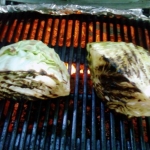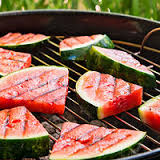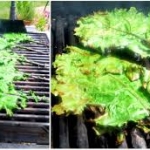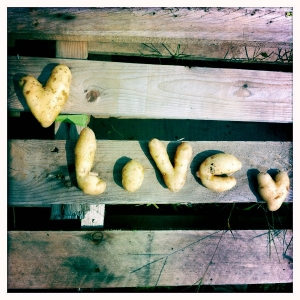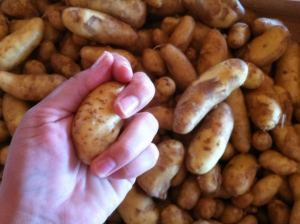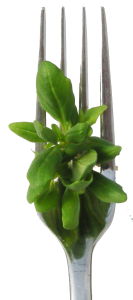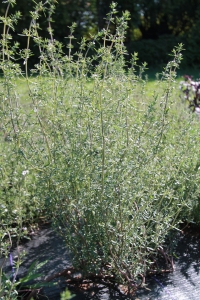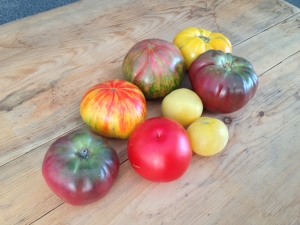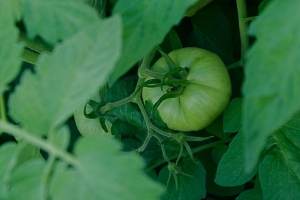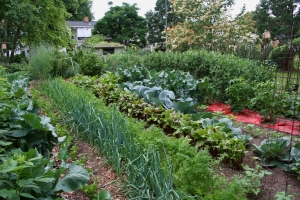Five Deliciously Unusual Fruit & Veggie Grilling Ideas!
Labor Day weekend is here, and with it the season’s last official ‘grill-worthy’ holiday. Today we take a look at five of the more unusual grilling options for in-season fruits and vegetables!
Sick of the same old boring potato salad? Liven things up with grilled potatoes! From grilled potato fries to grilled southwestern potato salad, the possibilities are endless! Getting them right requires a little skill—you’ll want to either pre-boil your potatoes, or sear then slow-cook them till they’re ready.
Believe it or not, grilling these guys can be quite the treat! The grill lends a unique smoky flavor to the final product, as well as a surprise for your guests. Grilled romaine hearts with blue cheese dressing, and grilled cabbage with butter and Indian spices are just a few of the many possibilities.
Didn’t think watermelon could get any better? Try grilling it! When heated, fruit sugars take on a deep, caramel-like flavor, as well as a beautiful golden color. Slice in large wedges or coins and grill two minutes per side over high heat.
You’ve had it roasted, steamed, stir-fried, even raw, but have you tried it grilled? Blanch for a few minutes first, then grill three minutes per side. Crisp, wonderfully smoky, and easy to make—what could be better?
Whether served plain, brushed with honey, sprinkled with cinnamon, or topped with yogurt, grilled peaches are uncannily delicious! Simply slice your peaches in half, remove the pits, and grill on high for about five minutes.


